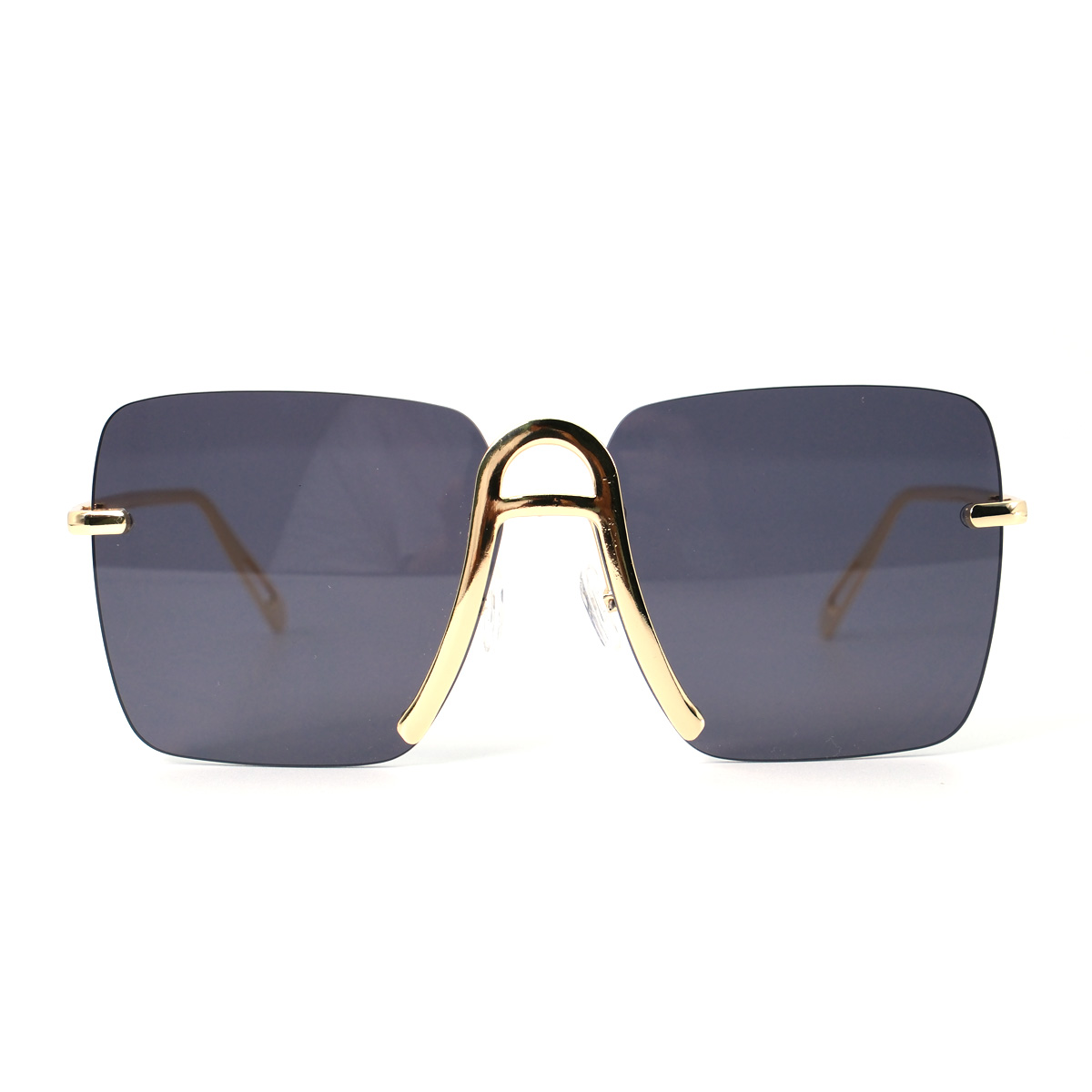Several Common Materials for Sunglasses Lenses
Sunglasses are not just a fashion accessory; they play a vital role in protecting our eyes from harmful ultraviolet (UV) radiation and reducing glare. The lenses of sunglasses are available in various materials, each offering unique characteristics and benefits. In this article, we will explore several common materials used for sunglasses lenses, providing clear insights into their properties, advantages, and disadvantages.
1. Glass Lenses:
Glass lenses were the original material used in sunglasses and are still popular today. They offer excellent optical clarity and scratch resistance. Glass lenses are highly durable and provide superior resistance to chemical damage. Additionally, glass lenses are naturally resistant to distortion, ensuring clear vision. However, glass lenses are heavier than other materials, making them less comfortable for extended wear. They are also more prone to shattering upon impact, which can be a safety concern.
2. Polycarbonate Lenses:
Polycarbonate lenses have gained widespread popularity due to their exceptional impact resistance. They are significantly lighter than glass lenses, making them more comfortable for extended use. Polycarbonate lenses are also highly durable and less likely to shatter upon impact, making them a safer choice for sports and outdoor activities. However, polycarbonate lenses are more prone to scratches compared to glass lenses, requiring proper care and maintenance.
3. CR-39 Lenses:
CR-39 lenses, also known as plastic lenses, are lightweight and offer good optical quality. They are less expensive than glass or polycarbonate lenses, making them a popular choice for budget-conscious individuals. CR-39 lenses can be easily tinted and are available in a wide range of colors and styles. However, they lack the impact resistance of polycarbonate lenses and are more susceptible to scratches. Additionally, CR-39 lenses may not provide the same level of UV protection as other materials, so it is essential to check for proper UV coatings.

4. High-Index Plastic Lenses:
High-index plastic lenses are designed for individuals with higher prescription requirements. They are thinner and lighter than CR-39 lenses, offering improved aesthetics and comfort. High-index lenses also provide better optical clarity, reducing the distortion that can occur with stronger prescriptions. However, high-index plastic lenses can be more expensive than other materials, and they may not offer the same impact resistance as polycarbonate lenses. Additionally, they may require additional coatings to ensure sufficient UV protection.
5. Polarized Lenses:
Polarized lenses are not a specific material but rather a coating applied to various lens materials. They are designed to reduce glare by filtering out horizontal light waves. Polarized lenses are particularly beneficial for activities such as driving, water sports, and skiing, as they enhance visual clarity and reduce eye strain. However, polarized lenses may interfere with the visibility of certain digital screens, such as those found in smartphones and GPS devices. It is important to consider this factor when choosing polarized lenses.
Conclusion:
When selecting sunglasses, the choice of lens material is crucial in determining the overall performance and suitability for your needs. Glass lenses offer excellent optical clarity and scratch resistance but are heavier and more prone to shattering. Polycarbonate lenses provide superior impact resistance and lightweight comfort but are more susceptible to scratches. CR-39 lenses are affordable and easily customizable but lack impact resistance and may require additional UV coatings. High-index plastic lenses are ideal for stronger prescriptions but can be more expensive and may require additional coatings. Finally, polarized lenses reduce glare but may affect the visibility of certain digital screens.
Consider your specific requirements, budget, and lifestyle when choosing the material for your sunglasses lenses. Consult with an eye care professional to ensure proper UV protection and find the best lens material that combines comfort, durability, optical clarity, and safety for your eyes.
